Day 1: Pick Up/Airport – Anuradhapura
Negombo, Sri Lanka, as a starting point Following pickup from the airport or your accommodation, you will travel to the historic city of Anuradhapura while stopping at coconut fields and watching the world-famous toddy tappers at work. The city, which dates from the third century B.C. to the tenth century A.D., should be explored after you have checked into your accommodation. You will see the Sri Maha Bodhi (the oldest tree in the world with written history; it is a sapling from the original tree under which Buddha attained enlightenment), the Brazen Palace, the Thuparama Dagoba (the oldest dagoba), the Lankarama Dagoba, the Elephant Pond, the Abhayagiriya Monastery Complex, the famous Samadhi Buddha Statue, and the Brazen Garden.
Day 2: Ancient city of Polonnaruwa Sightseeing
Polonnaruwa, an ancient city, is visited for its sights (10th-12th century A.D). The contemporary museum, the Parakrama Samudra, the Statue of King Parakrama, the Library Shrine, the Palace of King Parakrama, the Kumara Pokuna, the Shiva Temple, the Thuparama Shrine Room with its glittering statues, the Alahana Monastery Complex, the Gal Vihare (a master piece of stone carving), the Lotus Pond, and a traditional wood carving factory will all be visited. You will go to Sigiriya following your afternoon tea. Stay in a nice hotel in Sigiriya with excellent reviews.
Day 3: Sigiriya / Dambulla Cave Temple
You will have the chance to climb the Sigiriya Rock Fortress in the early morning, which some claim to be the eighth wonder of the world and which was built in the fifth century A.D. You will be able to see the royal swimming pool on top as well as the water garden, bolder garden, mural paintings, the mirror wall, and the lion's paws. Afterward, head back to the hotel for a well-earned breakfast. You will travel to the Dambulla Cave Temple following Sigiriya (built by King Walagamba in the 1st century B.C with 22.000 square feet of ceiling paintings). The Aluvihare Cave Temple, the spice gardens in Matale, and Nalande Gedige (a temple constructed in Sri Lanka's geographic center) are the next stops (this is where Buddhism was brought into book form in the 1st century B.C). Stay in a Kandy luxury hotel with excellent reviews.
Day : 4 Kandy
Kandy's Royal Botanic Gardens tourist attractions such as the renowned Temple of the Holy Tooth Relic. A Buddhist temple called Sri Dalada Maligawa, also known as the Temple of the Holy Tooth Relic, is located in Kandy, Sri Lanka. It is situated within the complex of the old Kingdom of Kandy's royal palace, which also houses a relic of the Buddha's tooth. Visit the Royal Botanic Gardens in Kandy in the afternoon. These gardens, which date back to 1816, are situated along the Colombo-Kandy route about 6.5 kilometers before Kandy. Originally planted with coffee and cinnamon, the lovely Sri Lankan and foreign species have since been added. There is no vehicular access to this 147-acre garden. The Mahaweli River forms a loop around it on three of its sides.
Day 5: Elephant Orphanage - Tea Plantations - Tea Factory - Nuwara Eliya
Visit the Pinnawala Elephant Orphanage after breakfast. It is the largest orphanage for elephants in Sri Lanka and houses about fifty elephants at any given time. Although the orphanage is open 24 hours a day, it is recommended to come during the twice daily feeding and washing. The infant elephants are brought inside the stalls at 9.15 am and 4.15 pm, when they are tethered and given milk in a bottle, making for countless photo ops. The infant elephants being bathed is what actually steals the show; while this may be a crowd-pleaser, it's not the main event. Drive across Sri Lanka's hill country in a picturesque fashion later. See plantations and a tea factory en way. You will arrive in Nuwara Eliya, sometimes known as Little England. You will arrive in Nuwara Eliya in the afternoon, where you may find golf courses, a racetrack, and colonial hotels. At an elevation of 1889 meters, Nuwara Eliya, often known as the City of Light, is the island's most popular hill station and Sri Lanka's capital of tea. A troop of British officers, who, according to legend, had become disoriented while going elephant hunting, discovered Nuwara Eliya in the early 19th century. After learning about this small village, the British governor at the time, Sir Edward Barnes, chose to settle there and quickly established a health resort that quickly gained recognition on a global scale. The tea plantations that surround Nuwara Eliya are home to an apparently limitless number of tea pickers. . About all of the tea pickers in the tea plantations that surround Nuwara Eliya are Indian Tamils, who are different from the Ceylonese Tamils who reside in the country's northeast. Spend the night in Nuwara Eliya's top-rated luxury hotel.
Day 6: Horton Plains National park
After an early breakfast, you'll travel to Horton Plains, the highest and most remote plateau in Sri Lanka. Horton Plains, with its abundant biodiversity and breathtaking views, is the ideal location for nature enthusiasts. It is surrounded by a hauntingly gorgeous landscape of cloud forests and infinite grasslands. Visitors to Horton Plains are captivated by the sight of numerous wild animals and numerous species of birds taking in the breathtaking surroundings. Take a stroll over Horton Plains to the cliff known as World's End, which has a staggering 1,050-meter steep drop and is a well-known location for photographs. After returning to your hotel, explore the nearby market on your own time. Spend the night in Nuwara Eliya's top-rated luxury hotel.
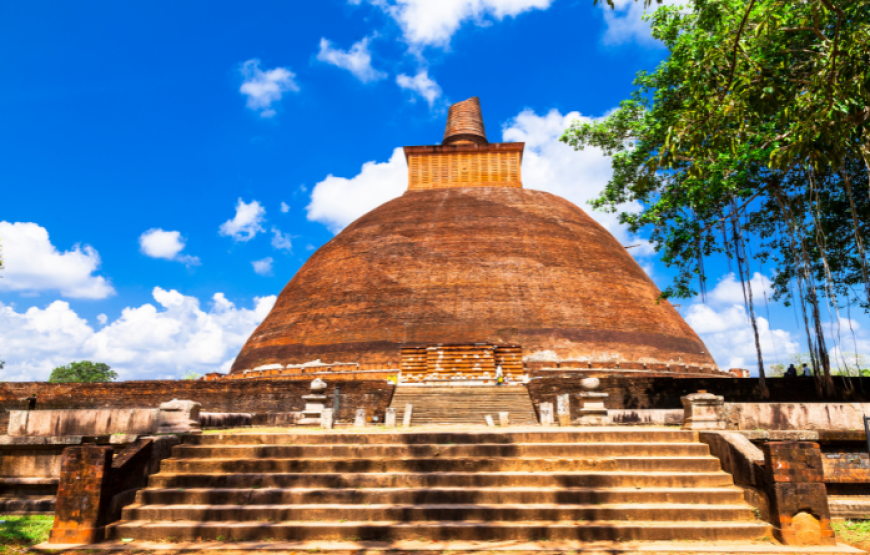
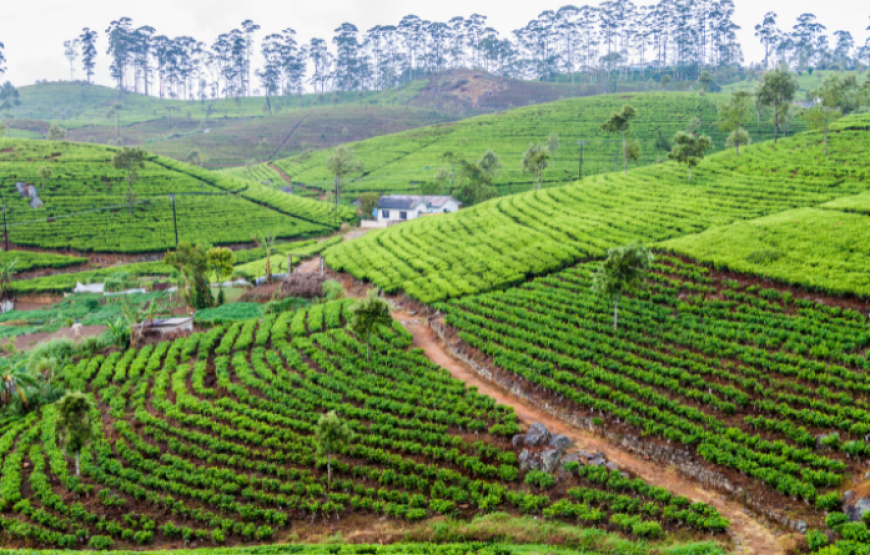
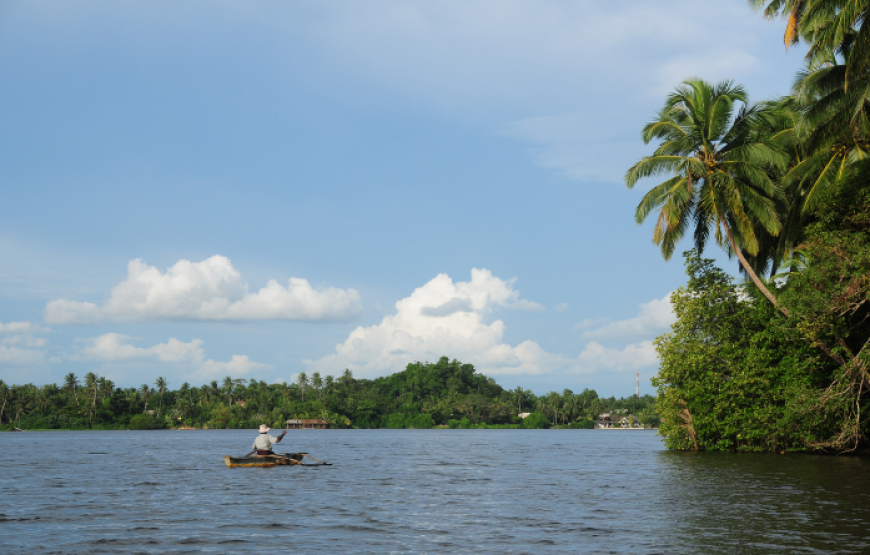
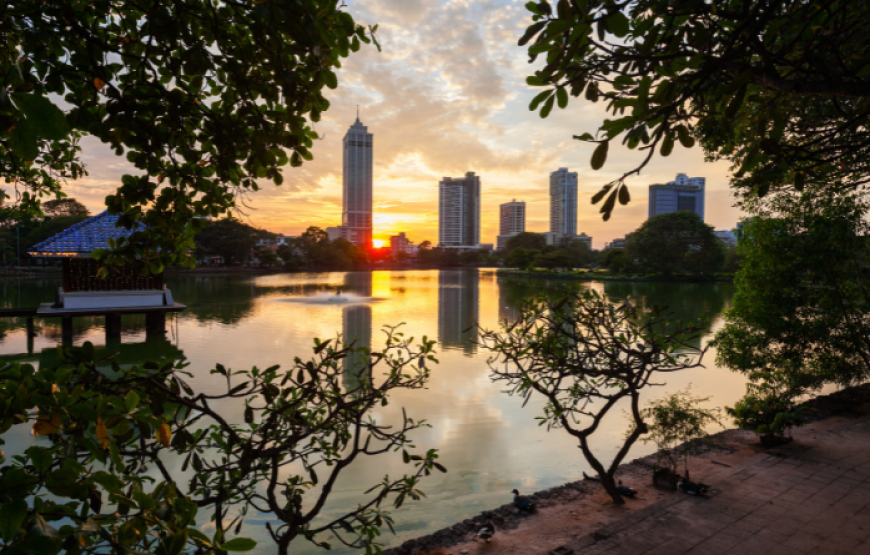
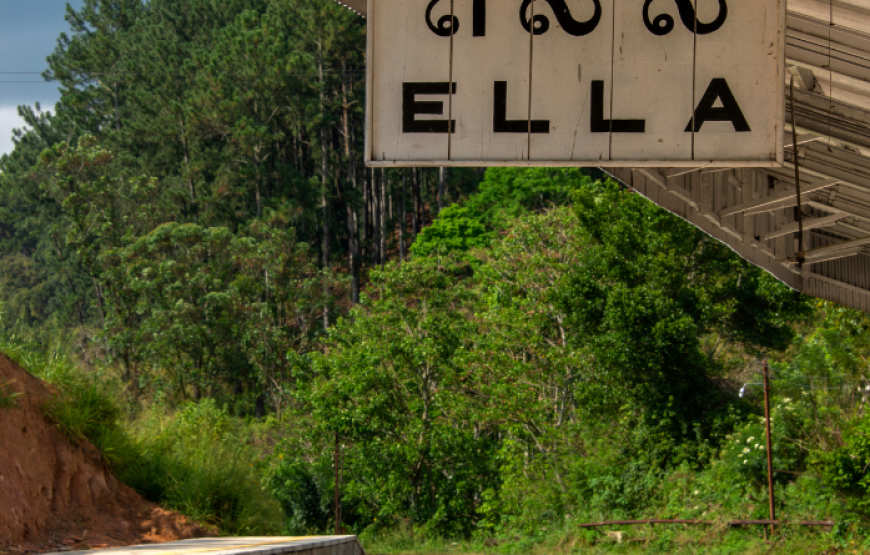
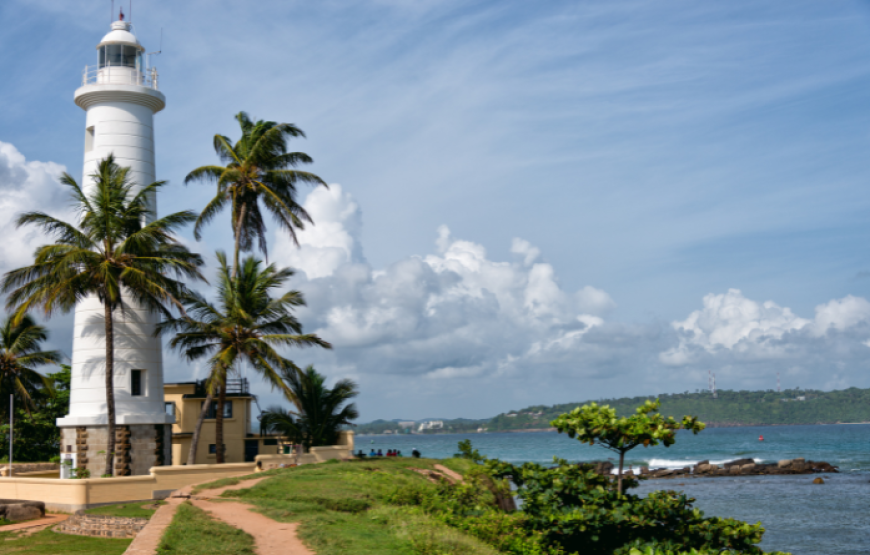
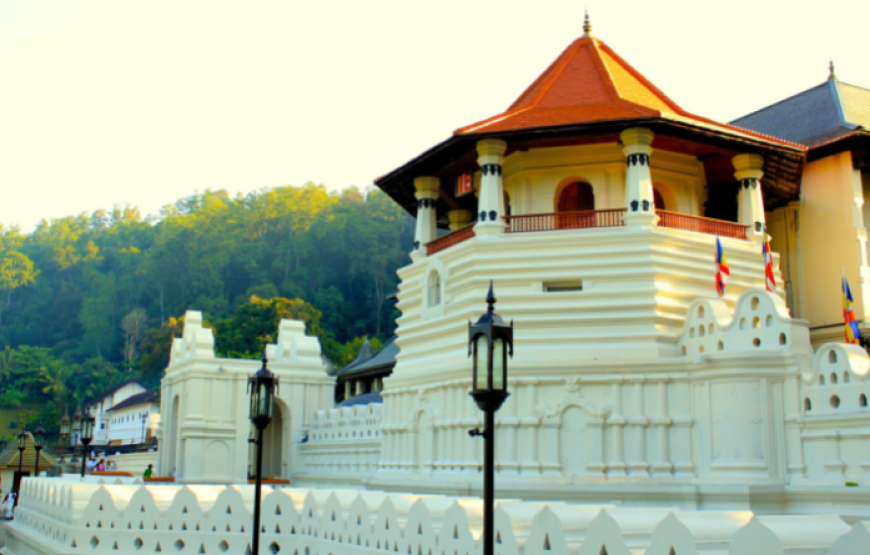
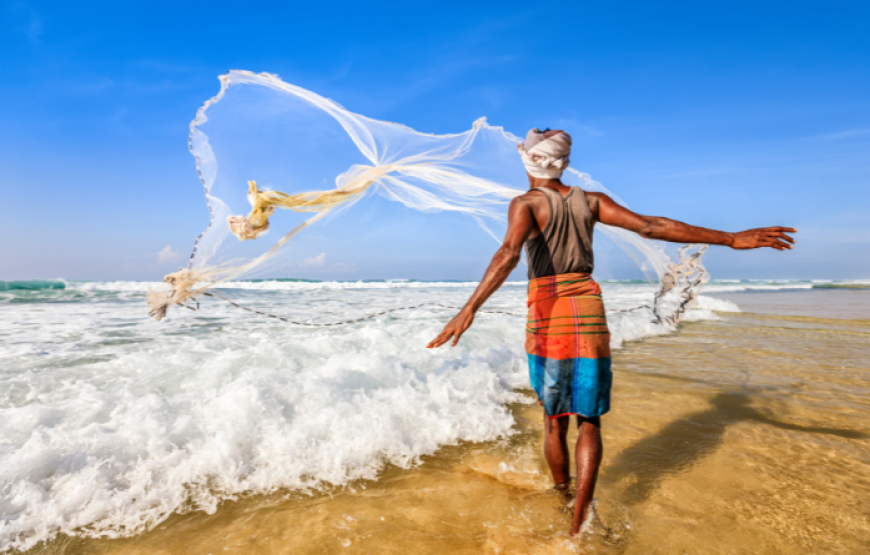

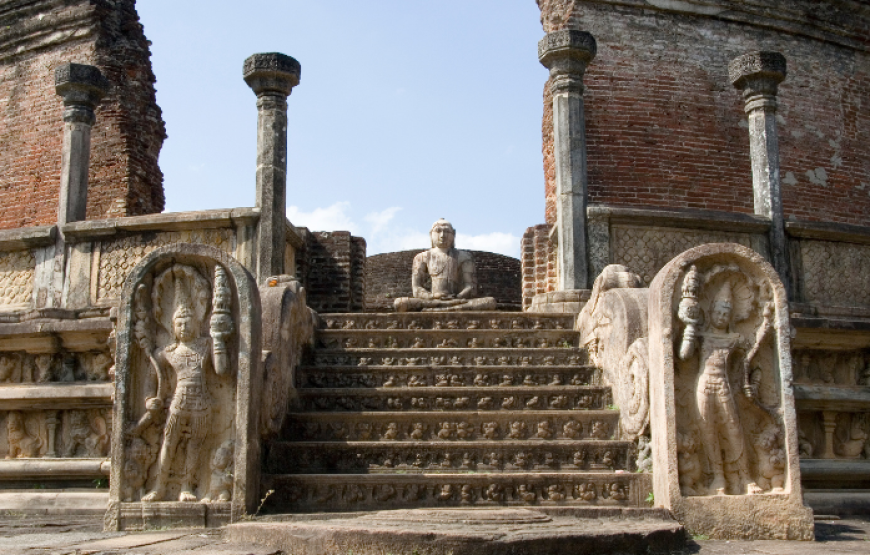
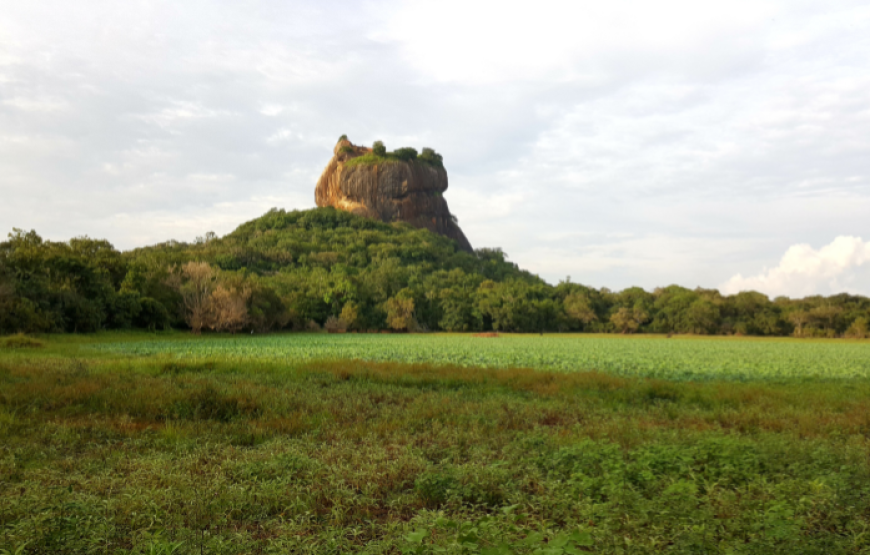






itilgw